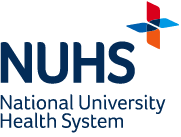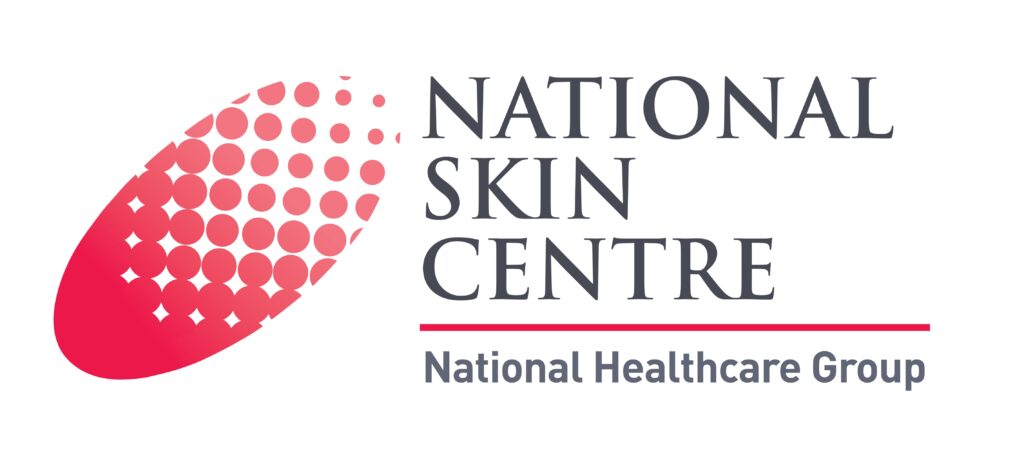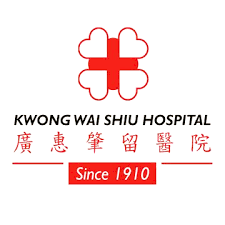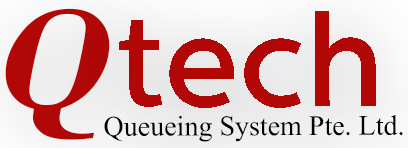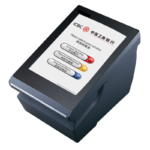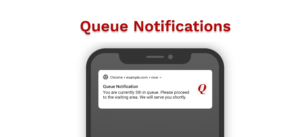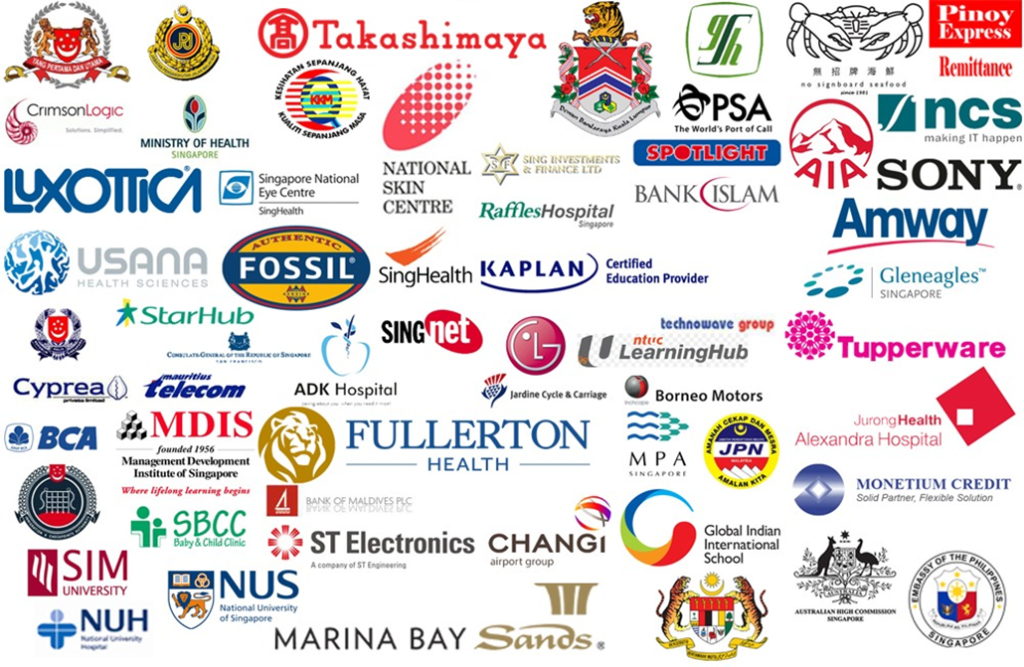
Introduction
In today’s fast-paced world, efficient management of resources and services is crucial, especially in healthcare institutions. One area that often poses challenges is patient queuing and waiting times. To address this issue, hospitals are turning to advanced technologies, such as Hospital Queue Management Systems, to streamline patient flow, enhance operational efficiency, and improve the overall patient experience. In this article, we will explore the benefits, features, and implementation of a Hospital Queue Management System, revolutionizing the way healthcare facilities manage patient queues.
Table of Contents
- Understanding the Challenges of Patient Queuing
- Introduction to Hospital Queue Management Systems
- Key Features and Benefits of a Hospital Queue Management System
- Implementing a Hospital Queue Management System
- Enhancing Patient Experience with a Queue Management System
- Integrating Queue Management Systems with Existing Healthcare Systems
- Case Studies: Success Stories of Hospital Queue Management Systems
- Future Trends and Innovations in Hospital Queue Management
- Addressing Concerns and Overcoming Resistance to Change
- The Cost and Return on Investment of a Queue Management System
- Key Considerations for Choosing the Right Queue Management System
- Best Practices for Implementing and Optimizing a Queue Management System
- Security and Privacy Considerations in Queue Management Systems
- Overcoming Language and Accessibility Barriers with Multilingual Support
- Conclusion
1. Understanding the Challenges of Patient Queuing
Patient queuing is a common issue in healthcare settings, leading to increased waiting times, overcrowding, and a strain on staff resources. Lengthy queues can cause frustration among patients, decrease patient satisfaction, and even impact the quality of care provided. Furthermore, inefficient queuing systems can result in administrative inefficiencies, errors in patient data management, and difficulty in tracking patient progress through the healthcare facility.
2. Introduction to Hospital Queue Management Systems
A Hospital Queue Management System is a software-based solution designed to automate and optimize patient flow within a healthcare facility. It provides a comprehensive platform for managing patient queues, scheduling appointments, and tracking patient movement from registration to consultation, diagnostics, and treatment. By utilizing digital signage, self-service kiosks, mobile applications, and real-time data analytics, these systems ensure a seamless patient journey and enable healthcare providers to allocate resources more efficiently.
3. Key Features and Benefits of a Hospital Queue Management System
- Appointment Scheduling: Patients can book appointments online or through self-service kiosks, reducing the need for manual appointment scheduling and minimizing waiting times.
- Patient Check-In: Self-service kiosks or mobile applications allow patients to check-in quickly, update their information, and provide relevant medical history, ensuring accurate patient records.
- Queue Monitoring: Hospital staff can monitor and manage patient queues in real-time, ensuring optimal resource allocation and reducing overcrowding.
- Digital Signage and Notifications: Digital displays and notifications keep patients informed about their queue status, estimated waiting times, and any changes in their appointment schedule, reducing anxiety and frustration.
- Workflow Management: Hospital Queue Management Systems enable seamless coordination between various departments, ensuring a smooth patient flow and minimizing delays.
- Data Analytics and Reporting: These systems provide valuable insights into patient flow, waiting times, and resource utilization, helping hospitals identify bottlenecks and make data-driven improvements.
- Integration with Electronic Health Records (EHR): Integration with EHR systems allows healthcare providers to access patient records easily, improving care coordination and reducing the risk of errors.
4. Implementing a Hospital Queue Management System
The successful implementation of a Hospital Queue Management System requires careful planning and collaboration between the healthcare institution and the solution provider. The process typically involves assessing the specific needs of the facility, customizing the system to align with existing workflows, training staff on system usage, and conducting thorough testing before going live. Regular evaluations and feedback from both patients and staff are essential to ensure continuous improvement and address any challenges that may arise.
5. Enhancing Patient Experience with a Queue Management System
By reducing waiting times, improving communication, and providing a seamless patient journey, Hospital Queue Management Systems significantly enhance the overall patient experience. Patients feel more valued, engaged, and empowered when they have access to accurate information about their appointments and waiting times. Moreover, these systems allow healthcare providers to focus on delivering high-quality care rather than managing administrative tasks, leading to improved patient outcomes.
6. Integrating Queue Management Systems with Existing Healthcare Systems
To maximize the benefits of a Hospital Queue Management System, integration with existing healthcare systems, such as Electronic Health Records (EHR), scheduling software, and billing systems, is crucial. Seamless data exchange between these systems enables a unified patient experience and ensures accurate and up-to-date information across all touchpoints.
7. Case Studies: Success Stories of Hospital Queue Management Systems
Several healthcare institutions have successfully implemented Queue Management Systems, resulting in improved patient flow, reduced waiting times, and increased operational efficiency. For example, Hospital X implemented a Queue Management System and reduced patient waiting times by 30%, leading to higher patient satisfaction rates and improved staff productivity. These success stories highlight the transformative impact of these systems on healthcare delivery.
8. Future Trends and Innovations in Hospital Queue Management
As technology continues to advance, we can expect further innovations in Hospital Queue Management Systems. This includes the integration of artificial intelligence (AI) for predictive analytics, automated patient check-in using biometrics or facial recognition, and personalized patient engagement through mobile applications. These advancements will further optimize patient flow and revolutionize the way healthcare institutions manage queues.
9. Addressing Concerns and Overcoming Resistance to Change
Implementing a Hospital Queue Management System may face resistance from staff or patients who are accustomed to traditional queuing methods. It is crucial to address concerns and communicate the benefits of the system effectively. Staff training, providing ongoing support, and gathering feedback from users can help overcome resistance and ensure successful adoption.
10. The Cost and Return on Investment of a Queue Management System
The cost of implementing a Hospital Queue Management System varies depending on the size of the facility, the chosen solution, and customization requirements. However, the return on investment is often substantial, considering the operational efficiencies gained, improved patient satisfaction, and enhanced staff productivity. A comprehensive cost-benefit analysis should be conducted to evaluate the financial viability and long-term advantages of the system.
11. Key Considerations for Choosing the Right Queue Management System
When selecting a Hospital Queue Management System, healthcare institutions should consider factors such as scalability, ease of integration, user-friendliness, customization options, support and maintenance, and the provider’s track record. Engaging in thorough research, seeking recommendations, and evaluating different options will help make an informed decision.
12. Best Practices for Implementing and Optimizing a Queue Management System
To ensure the successful implementation and optimization of a Queue Management System, healthcare facilities should follow these best practices:
- Conduct a thorough analysis of existing workflows and identify areas for improvement.
- Involve stakeholders from different departments to ensure a holistic approach.
- Provide comprehensive training to staff and regularly communicate the benefits of the system.
- Continuously monitor system performance and gather feedback from users.
- Regularly review and update the system to incorporate new features and address emerging needs.
Flowchart – Hospital Queue Management System
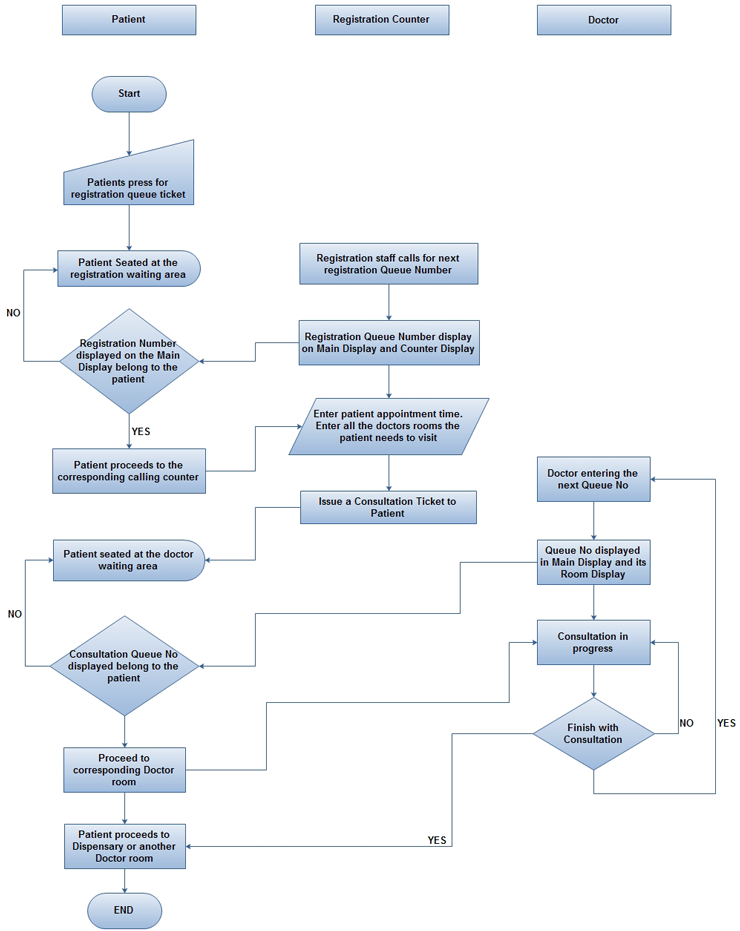
Commonly Used Products
Our Hospital Clients

